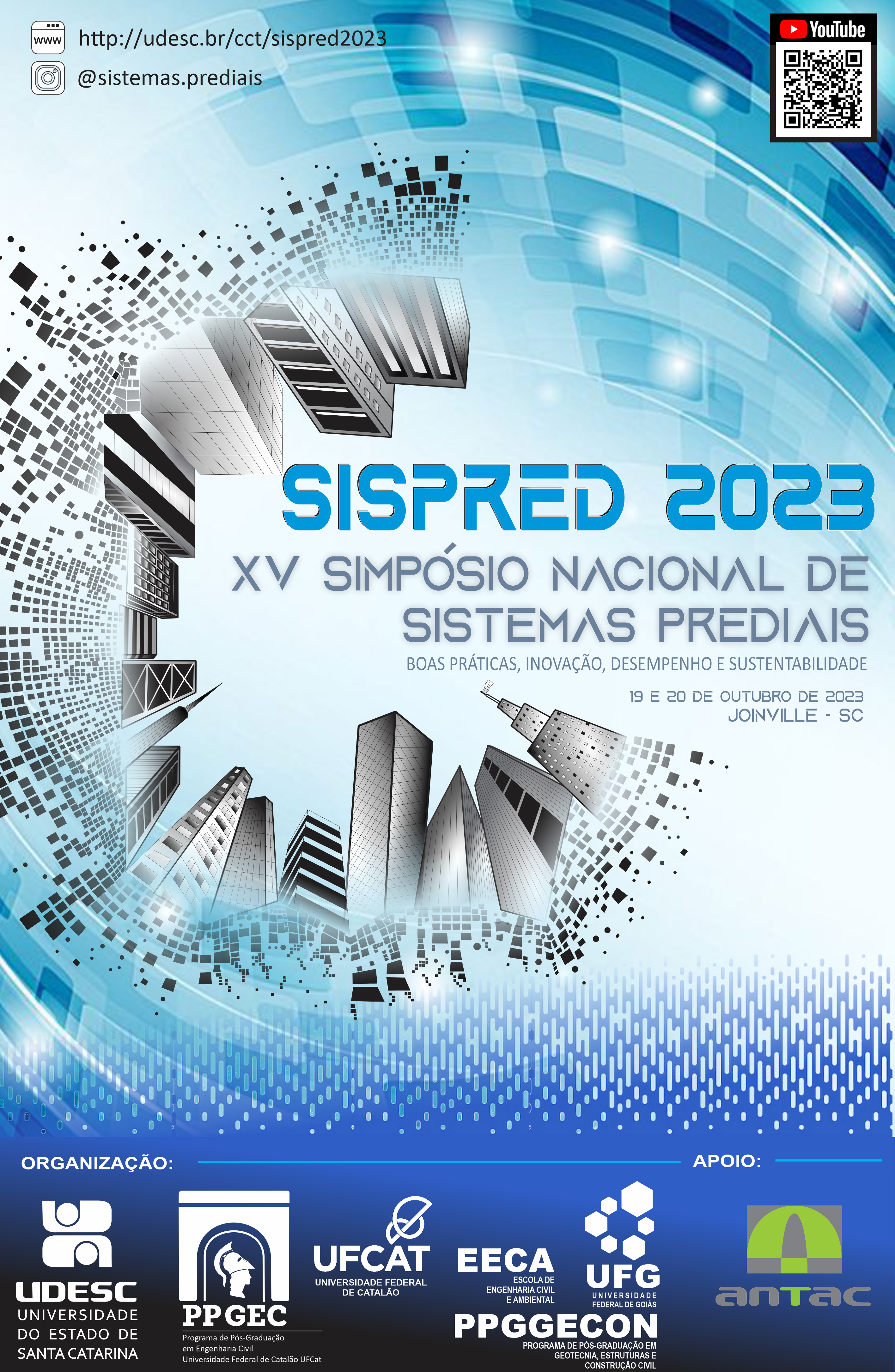A analysis of fire alarm operation in residential buildings
DOI:
https://doi.org/10.46421/sispred.v3.2968Keywords:
Sound pressure, Fire alarm, Mobile AppAbstract
ABSTRACT: Brazilian standards do not have sound pressure parameters or performance criteria that establish the maximum and minimum sound pressure levels for the sound of fire alarms to alert occupants of a building. Thus, this study proposes, through sound pressure measurement tests, during the operation of a fire alarm in a test building, to evaluate the perception efficiency of the alarm in different locations of the building. The measurement was performed through a mobile application, duly adjusted with a calibrated sound level meter. Suggestions for methodology for testing in buildings under construction were obtained; also from the use of applications. Finally, it was concluded that the noise suffered significant drops in sound pressure in environments farther from the alarm location. This scenario can result in risk situations to the occupants of the building due to the difficulty of hearing the fire alarm in relation to the background noise at certain points in the building, which may result in a longer reaction time in an emergency situation.
Downloads
References
ABNT. NBR 17240 Sistemas de detecção e alarme de incêndio - Projeto, instalação, comissionamento e manutenção de sistemas de detecção e alarme de incêndio - Requisitos. Rio de Janeiro, 2010.
BS CP. CP3: Chapter III: Part 2: BSI 1972.
BS EN 54. Fire detection and fire alarm systems – Part 3: Fire alarm devices – Sounders. Reino Unido, 2014.
CBMGO. Norma Técnica-19/2022 – Sistemas de detecção e alarme de incêndio. Goiás, 2022.
CBMSP. Instrução Técnica-19/2019 – Sistemas de detecção e alarme de incêndio. São Paulo, 2019.
ISO 8201. Alarm systems – Audible emergency evacuation signal – Requirements. Genebra, 2017.
NFPA. NFPA 72: National Fire Alarm and Signaling Code. USA, 2022.
NOBER, E. H.; PIERCE, H.; WELL, A.; JOHNSON, C. C. Waking Effectiveness of Household Smoke and Fire Detection Devices, NBS-GCR-83-284, Washington, D.C., 20234, 1980.
SCHIFILITI, R. P. Designing of fire alarm audiability. Fire Technol 24, 181-188 (1988).
SEITO, A. I. et al. A segurança contra incêndio no Brasil. São Paulo: Projeto Editora, 2008.
SOUND METER. 2.17. Splend Apps, 2014. Disponível em: <https://play.google.com/store/apps/details?id=com.splendapps.decibel&hl=en_US&pli=1>
STORESUND, K.; GLANSBERG, K.; SESSENG, C. Smoke alarm efficiency – Waking sleeping occupants. Swedish Civil Contingencies Agency. MSB1332. Trondheim, Noruega, 2018.

